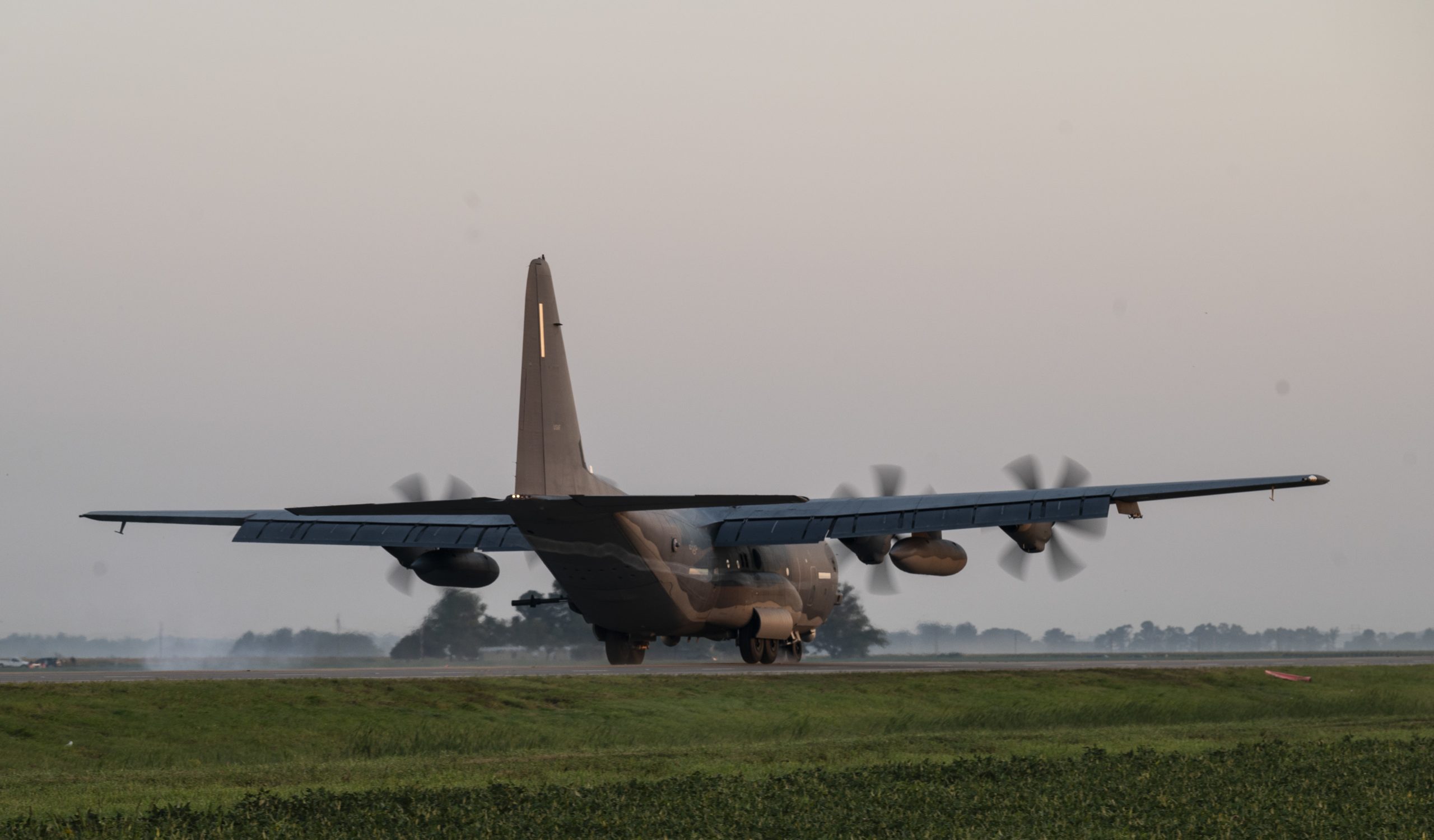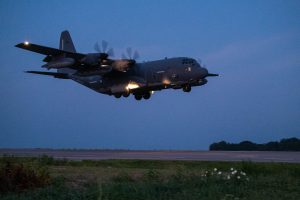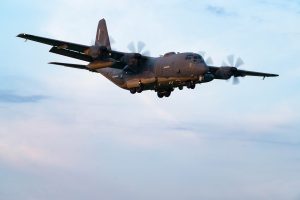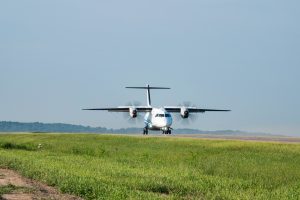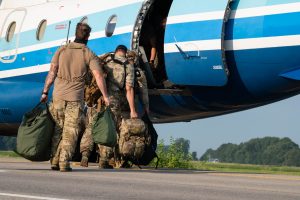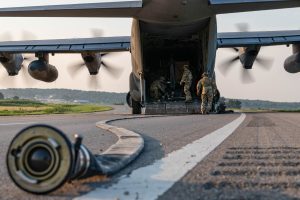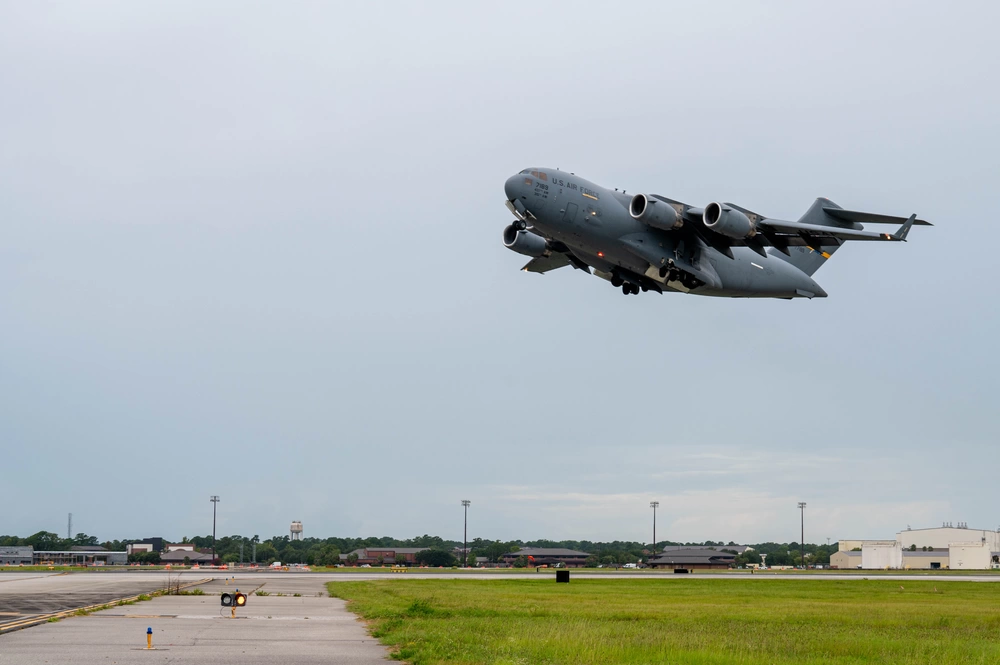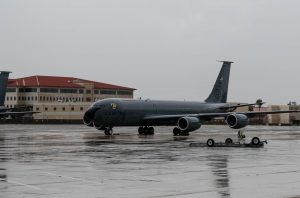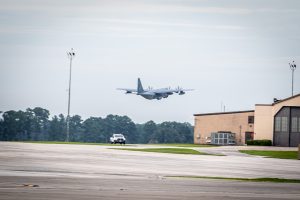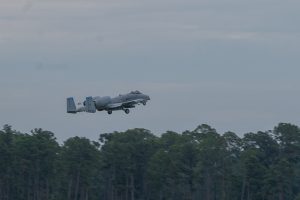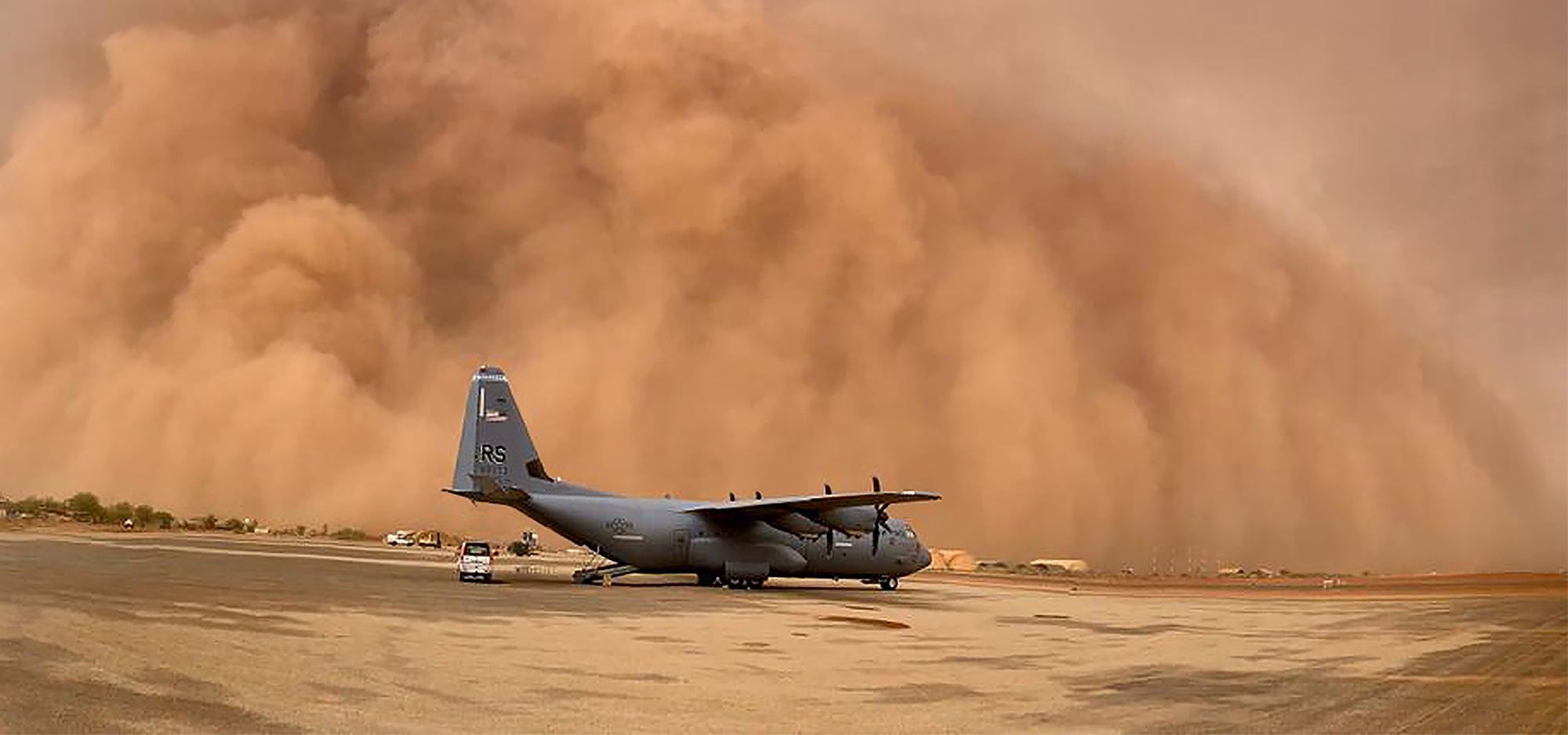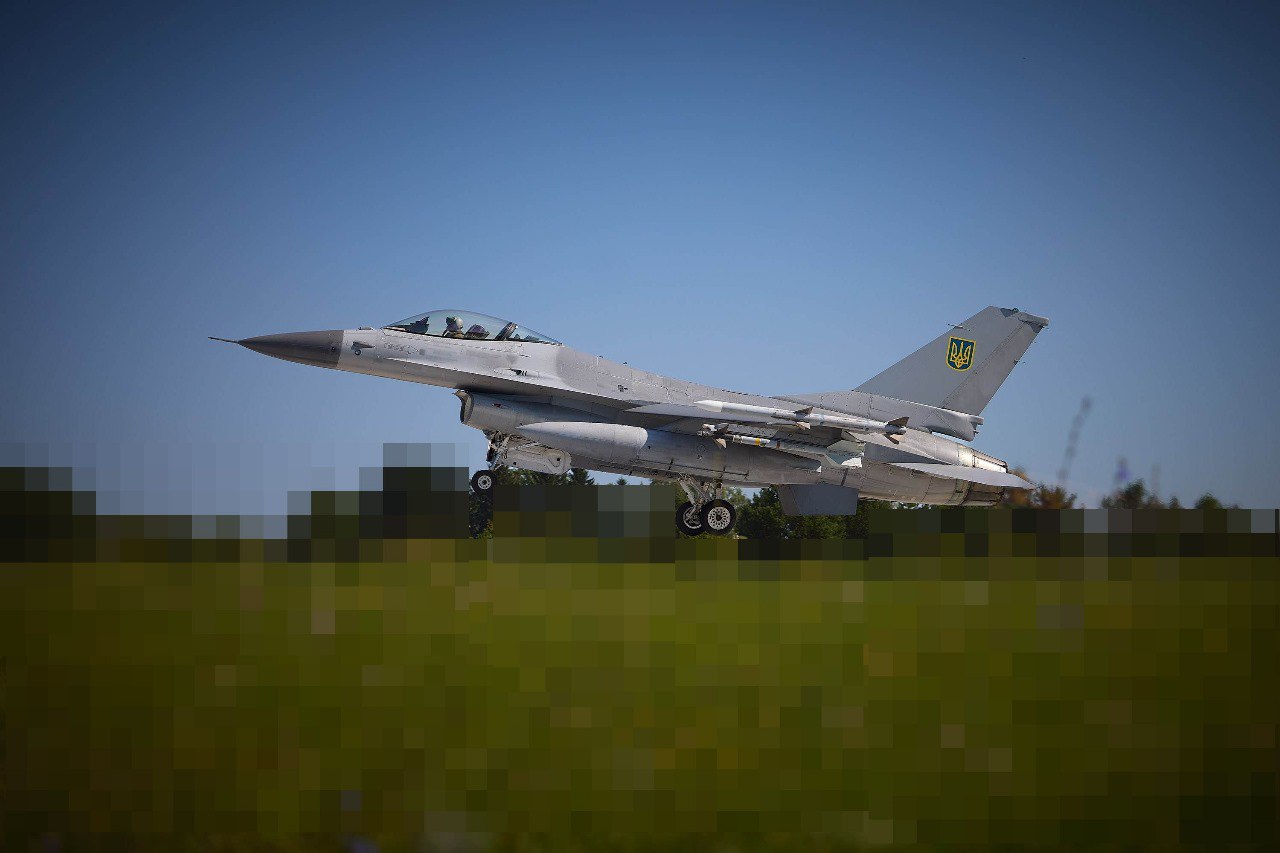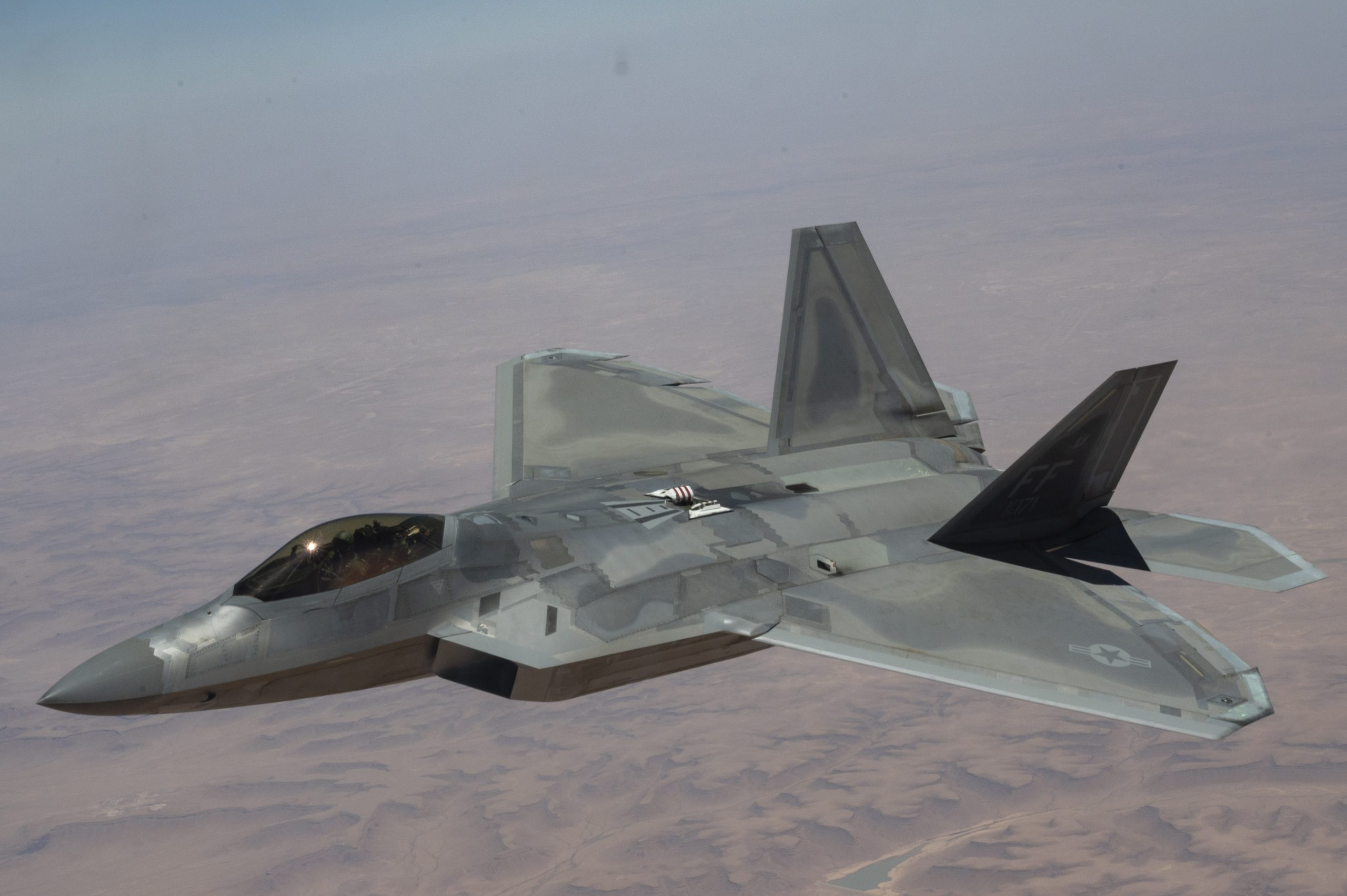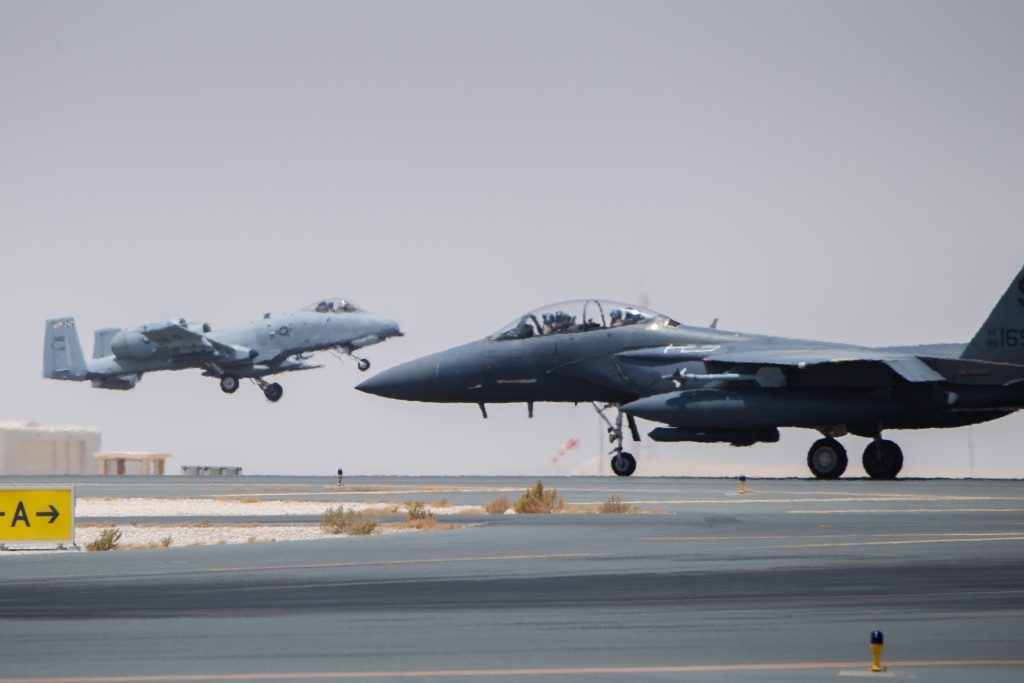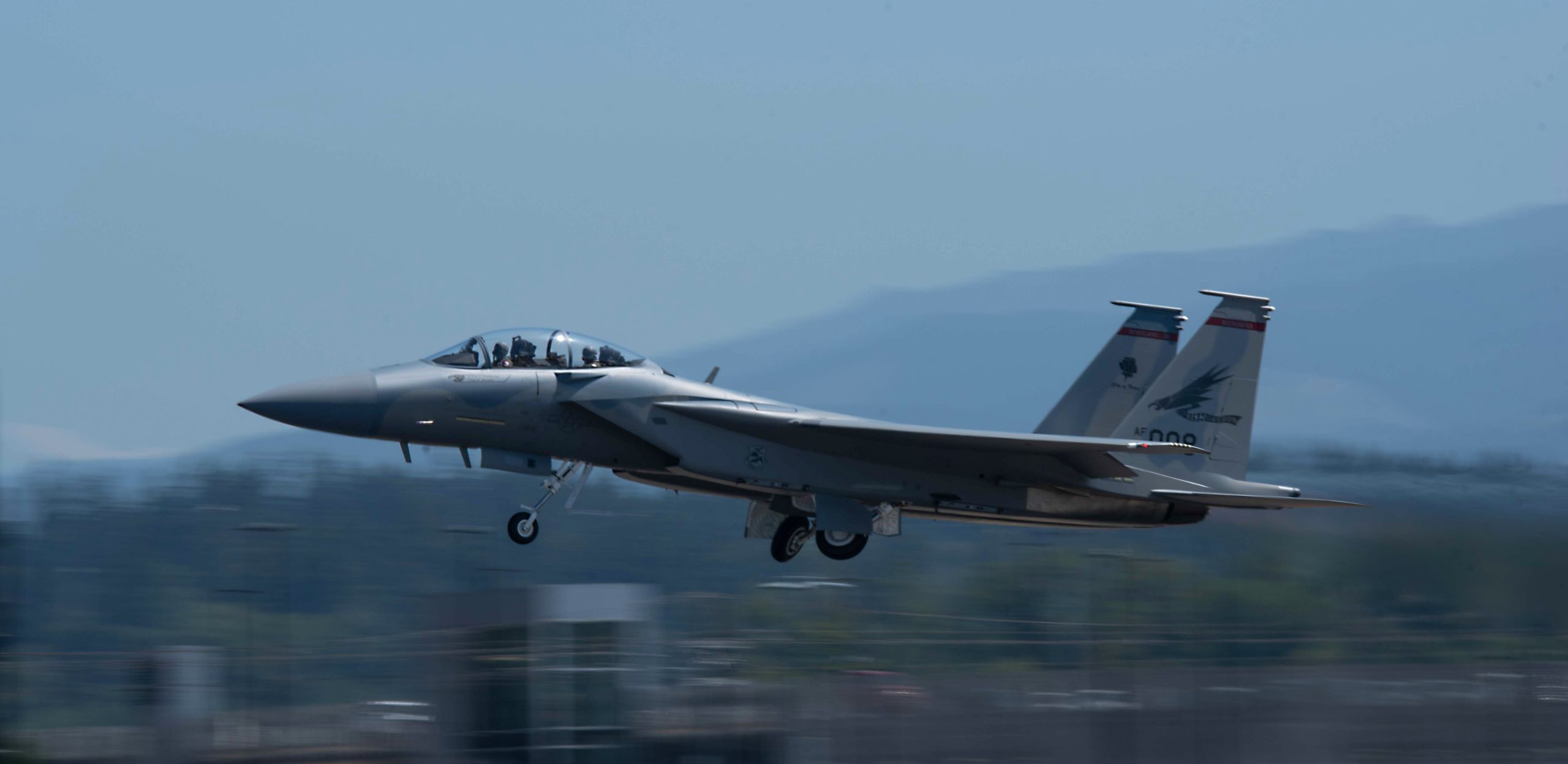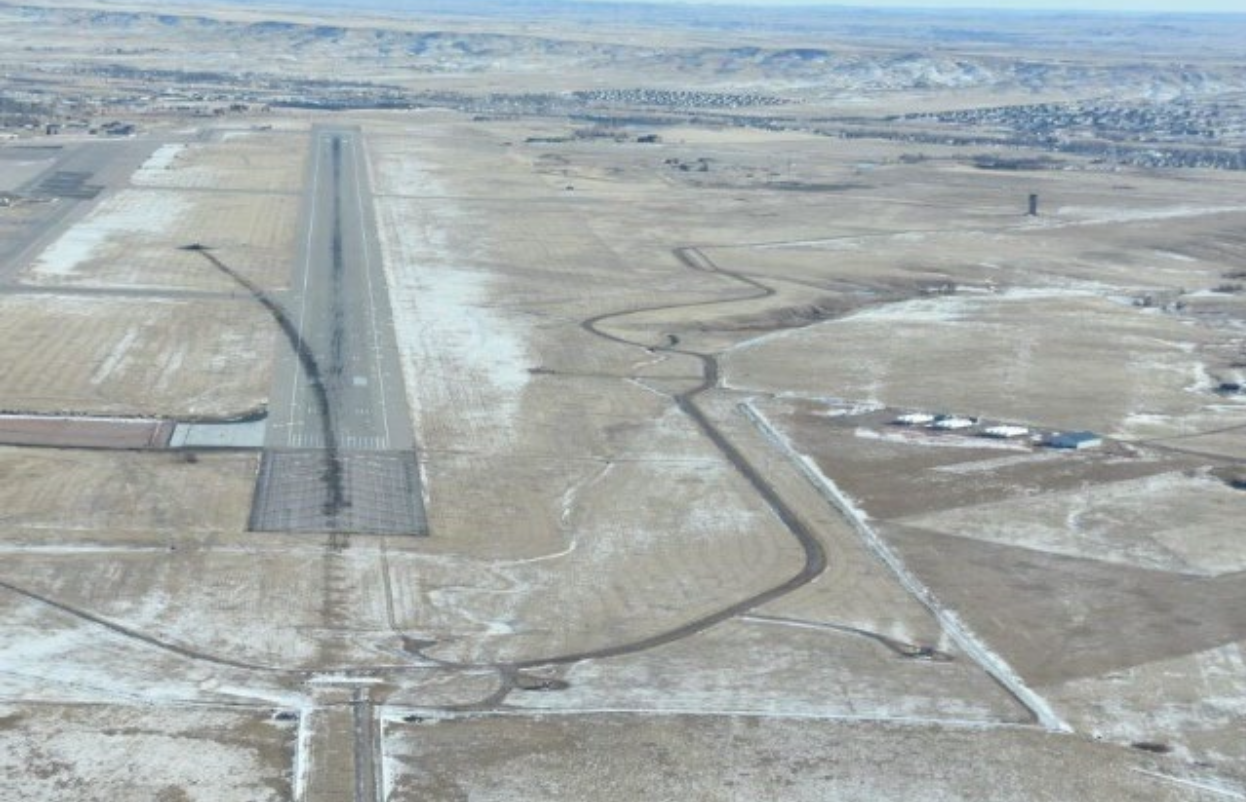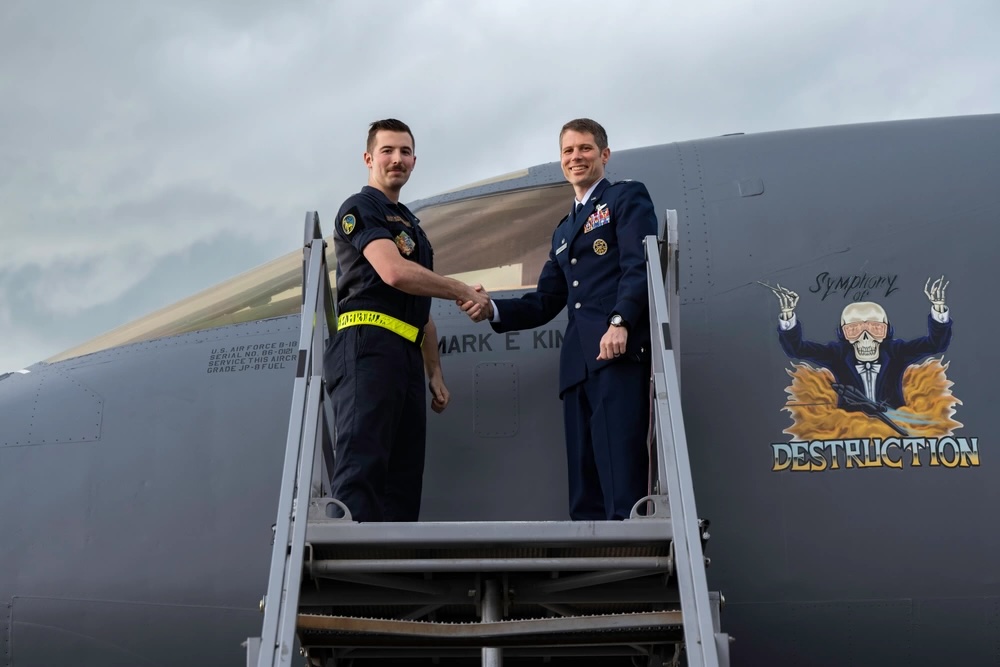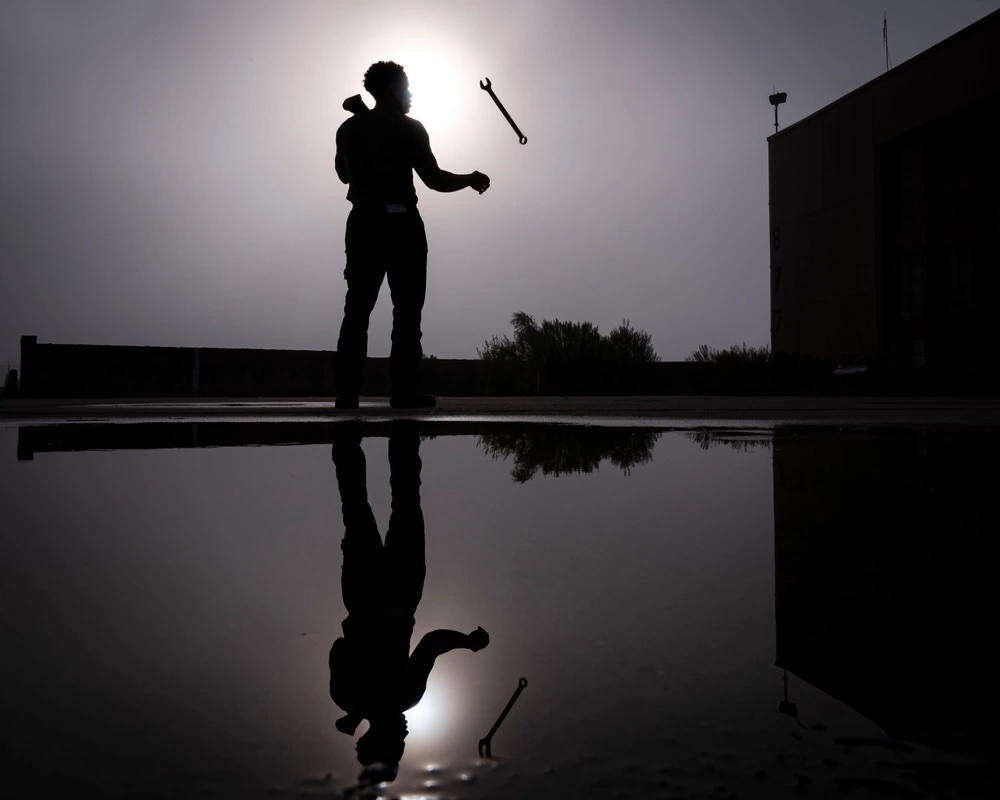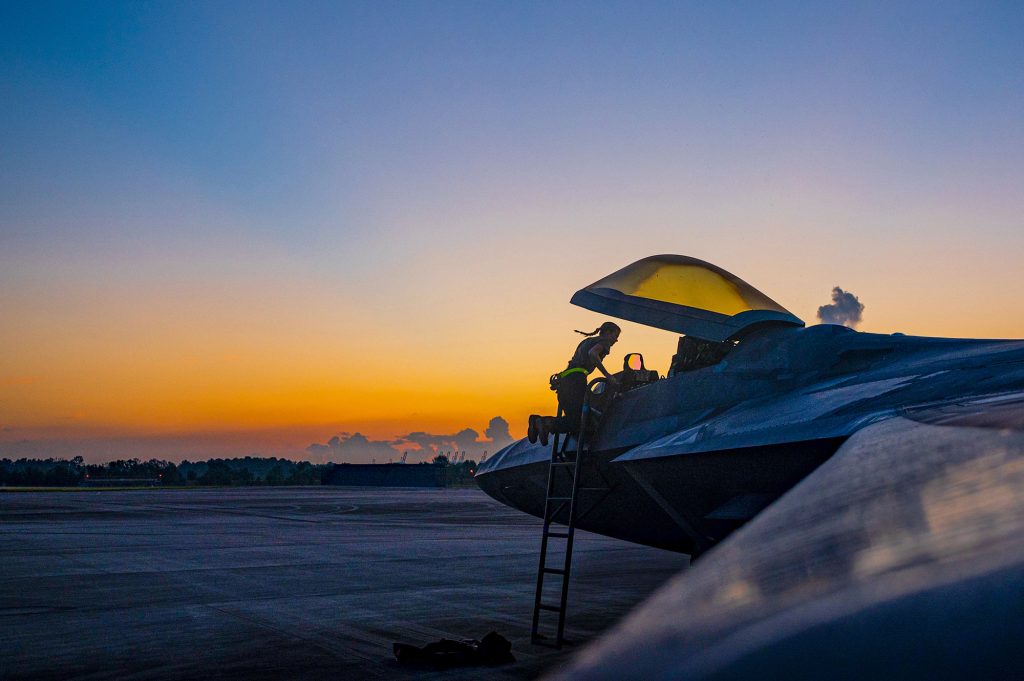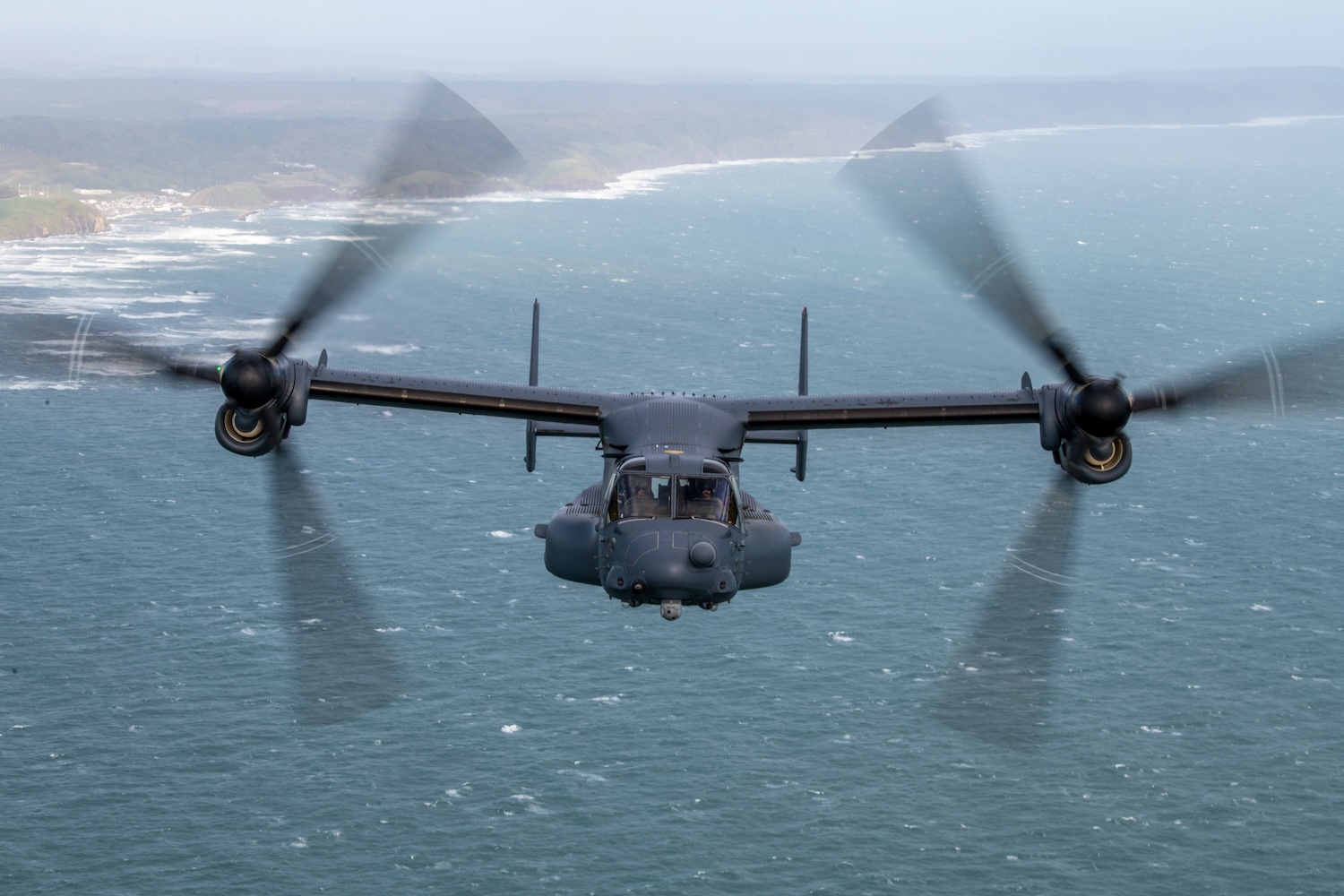The Air Force transformed a public freeway into a runway over the weekend, landing various tanker, cargo, and special operations aircraft on the road, including the service’s first-ever touchdown of an AC-130J Ghostrider on a U.S. roadway.
Air Force Special Operations Command landed and took off with an AC-130J, MC-130J, and C-146A on one of Arkansas’ major north-south freeways, Highway 63, on Aug 4. The Air National Guard then took over at the location for a C-130H Hercules touchdown, a spokesperson for the 1st Special Operations Wing told Air & Space Forces Magazine.
“This exercise serves as a significant milestone for AFSOC, demonstrating our ability to operate in diverse and austere environments,” Tech. Sgt. Robert Gallagher of the AFSOC Air Commando Development Center, lead planner for the highway landings, said in a statement.
After the C-146A Wolfhound and MC-130J Commando II from the 492nd Special Operations Wing arrived on the highway, the crew established a setup for rapid refueling and arming with portable tanks, known as a Forward Arming and Refueling Point (FARP). This enabled the Ghostrider to land, refuel, rearm, and take off again from the five-lane highway.
The AC-130J, AFSOC’s primary close air support and combat mission platform, is a heavily modified C-130J Super Hercules designed for precision fire support. The MC-130J Commando II, another variant of the Super Hercules, is a cargo aircraft equipped with advanced avionics, defensive systems, and air refueling capabilities.
“By landing an AC-130J on a highway and conducting FARP, we’re proving our ability to operate in austere and unique environments,” said Col. Patrick Dierig, 1st Special Operations Wing commander, in the statement. “It shows our commitment to maintaining operational flexibility and readiness, ensuring we can deliver decisive airpower whenever and wherever it’s needed.”
The preparation included securing the landing zone in advance by cooperating with local law enforcement, the spokesperson added.
“The team worked with Craighead County and Bono Sheriff’s Department to put up barriers, as the law enforcement closed off U.S. 63 and a portion of 230,” the spokesperson said. “They also work with the Arkansas Department of Transportation as well.”
Afterwards, the Air National Guard’s 189th Airlift Wing stepped in to execute takeoffs and landings with a C-130H transport aircraft on the site. The training saw eight pilots maneuvering the cargo aircraft on an unconventional runway in preparation for humanitarian and disaster relief missions. Col. Jay Geaney, Arkansas Air National Guard director of staff and a C-130H pilot, said the exercise “validated our proof of concept as a capability,” in an email statement to Air & Space Forces Magazine.
The freeway touchdown for AFSOC is part of the ongoing exercise Emerald Warrior, taking place from July 29 to Aug. 18, across Arkansas, Florida, Idaho, Nevada, and Puerto Rico. The training is meant to advance the service’s push for Agile Combat Employment.
“Emerald Warrior FTX II demonstrates to our adversaries that we can meet them anytime, any place, anywhere, without the need for traditional runways to project air power,” added Dierig.
The Air Force conducted similar highway landings in Michigan in 2022 with various aircraft, including the A-10, U-28A, C-145, C-146, and MC-12W. This marked the first integrated combat turn of an A-10 on a U.S. highway, where Airmen swiftly refueled and rearmed the aircraft while the engines were still running, allowing the jet to take off again as quickly as possible.
